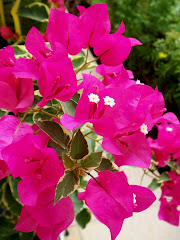
- soft-grill mackerel (tenggiri in malay) until brown.
- sauté onions and garlic in oil.
- stir-fry to mix; 'saute mackerel'.
- sliced red chili as garnishing.

2 days ago, I blogged 'Surviving in Malaysian heat' about prescribed herbs. A potent concoction to combat heat that emanates from inner body, just in 2 - 3 days as compared to drinking daily Fu-Cha for a month.
It is recommended to get a qualified physician's advice. Prescription will vary accordingly to a person's health and heart condition, blood circulation, health history and metabolism.
Here's a pic of 14 types of herbs, dried to preserved, put together for an hour of brewing. The brew was surprisingly aromatic and flavourful to taste.
Did you know that herbs are brewed for beer? http://www.mansgarden.com/brewing.html

For heat strokes and dehydration sufferers; eating the right food helps, tips at http://www.indianexpress.com/news/to-combat-the-heat-eat-and-drink-right/304752/











































